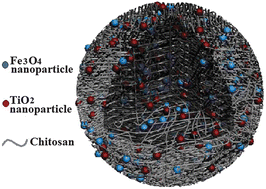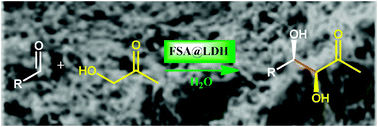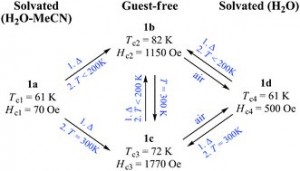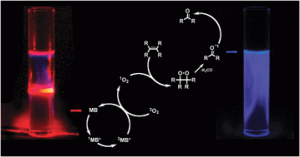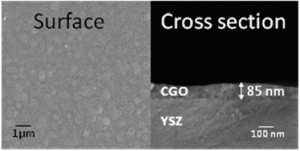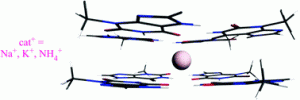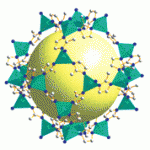Since the 1950’s, synthetic organic polymers have been widely used as consolidants for the preservation of historic stones, altered by the weather conditions. Although still in use, their conservation efficiency has been drastically reconsidered due to their fugitiveness, thermo- and photo-degradation, limited removability, and incompatibility with the stone matrix. Synthetic organic polymers are thus believed to be harmful in the long term and unsuitable materials for the consolidation of historic stone.
Inorganic materials such as alkaline earth hydroxides are better suited for the task due to their higher physicochemical compatibility with the rocks, but mostly exist as isolated particles acting as fillers only, rather than offering a continuous medium that would ensure an optimal adhesion between the newly produced carbonate and the weathered stone.
Now, Bingjian Zhang and his team at the University of Zhejiang and Tianshui (China) have solved the adhesion issue and developed for the first time a biomimetic approach for the reinforcement of weathered stones. Their strategy was to mimic the growth of bones, by introducing calcium and phosphore sources in the pores of the damaged stone, and then let them mineralize in the presence of collagen at ambient temperature. This biomimetic mineralization process allows a porous and interlinked reinforcing phase of apatite to be formed, which can bind the grains of loose weathered calcareous stone together and provide substantial reinforcement. The team also showed that the breathing function of the stones was retained, due to the porous nature of bone-like apatite. With the highly positive results achieved, this method is promising for the conservation of historic stones, say the researchers, while further challenges lie towards a reinforcement method aimed at non-calcareous rocks.

Biomimic conservation of weathered calcareous stones by apatite
Fuwei Yang, Bingjian Zhang, Yan Liu, Guofeng Wei, Hui Zhang, Weixiang Chen and Zhude Xu
New J. Chem., 2011, Advance Article
DOI: 10.1039/C0NJ00783H, Paper











